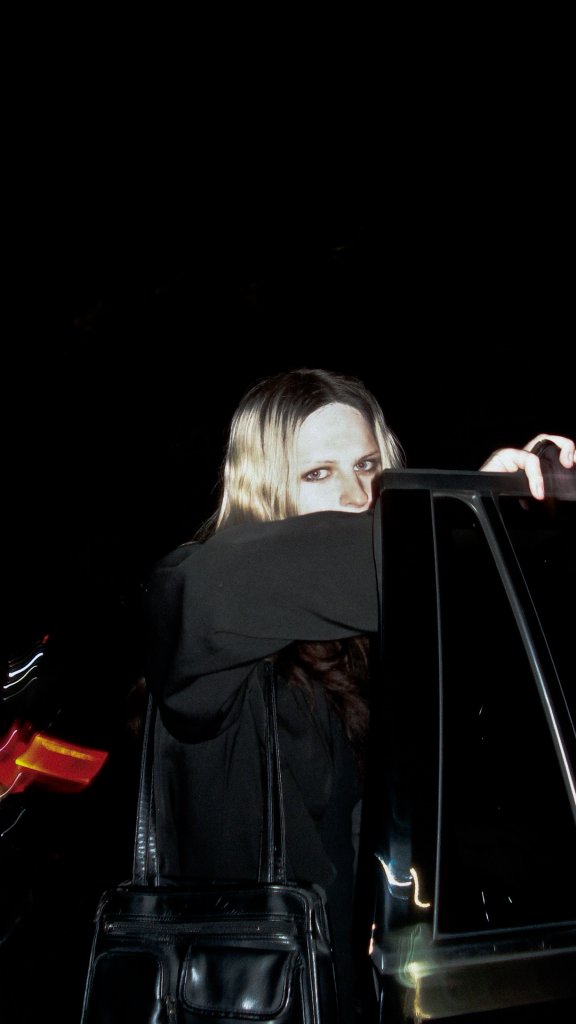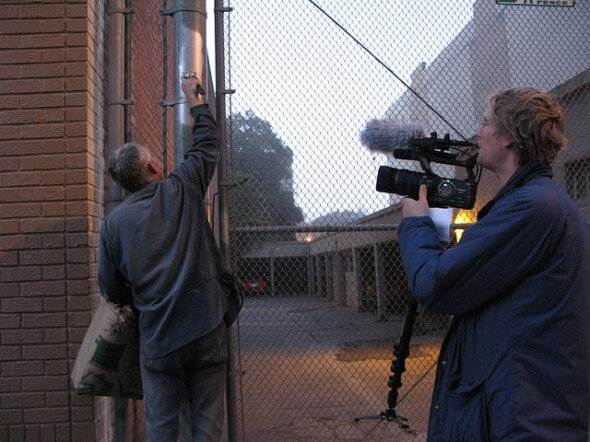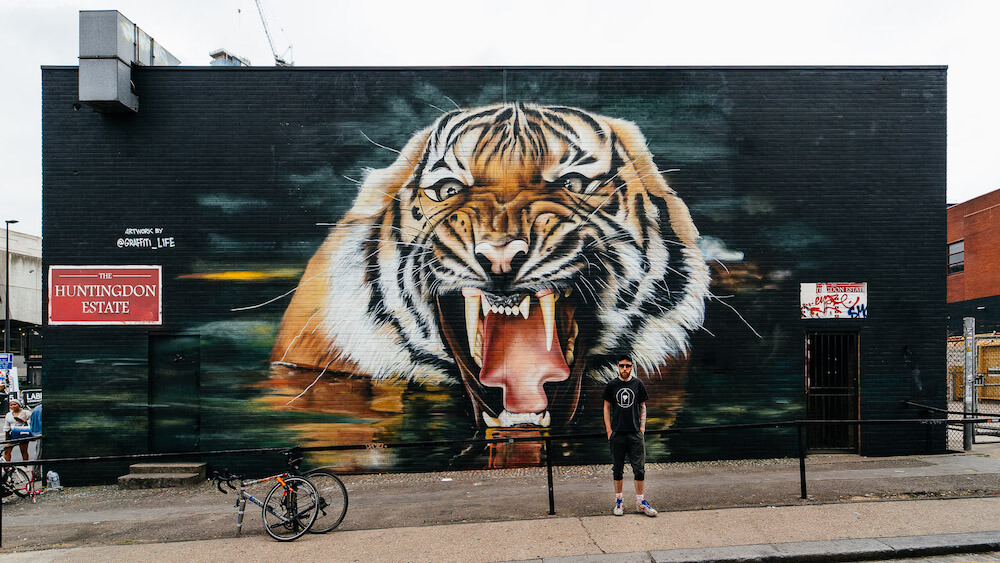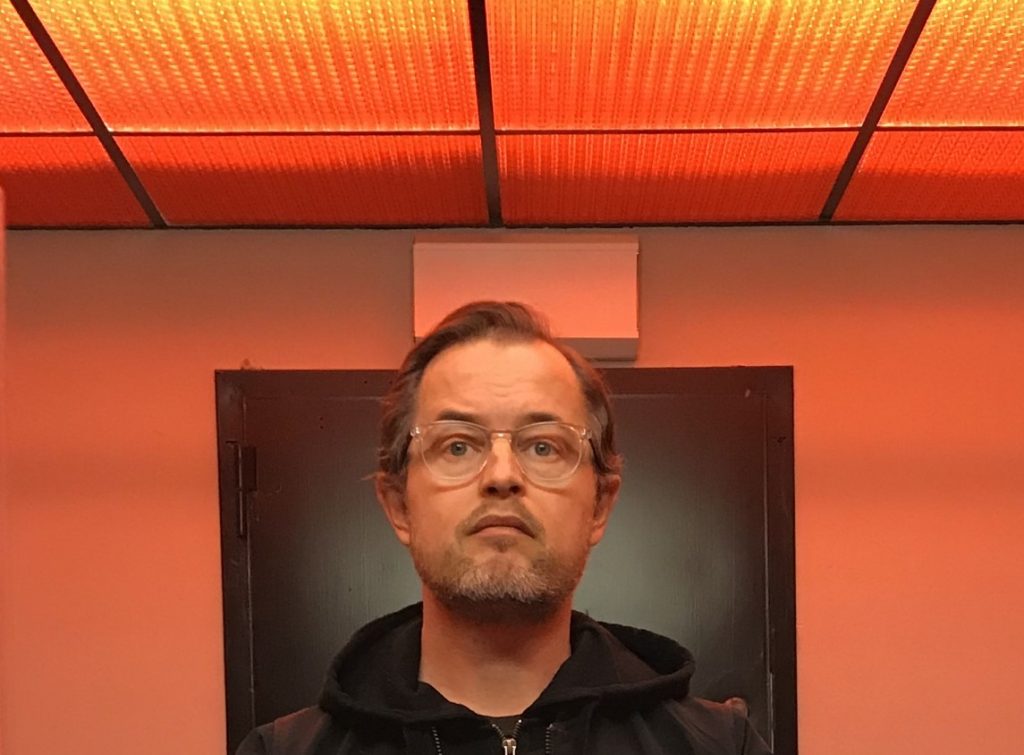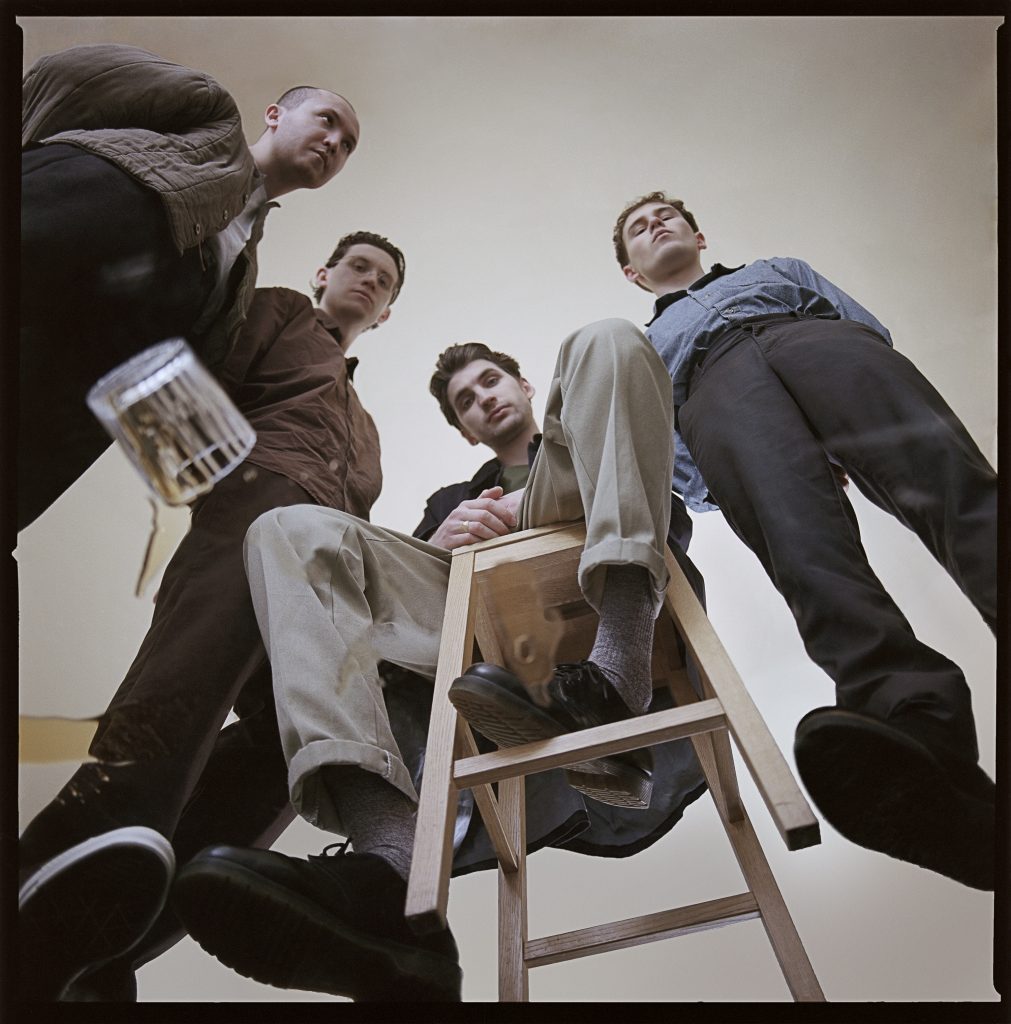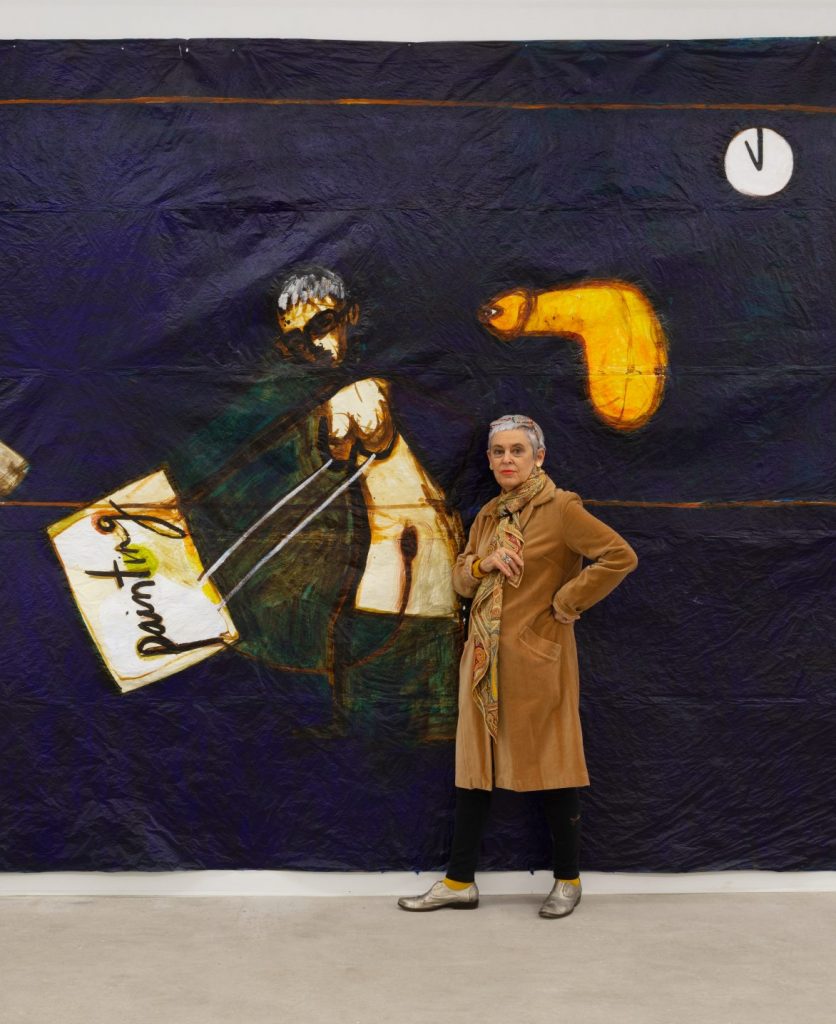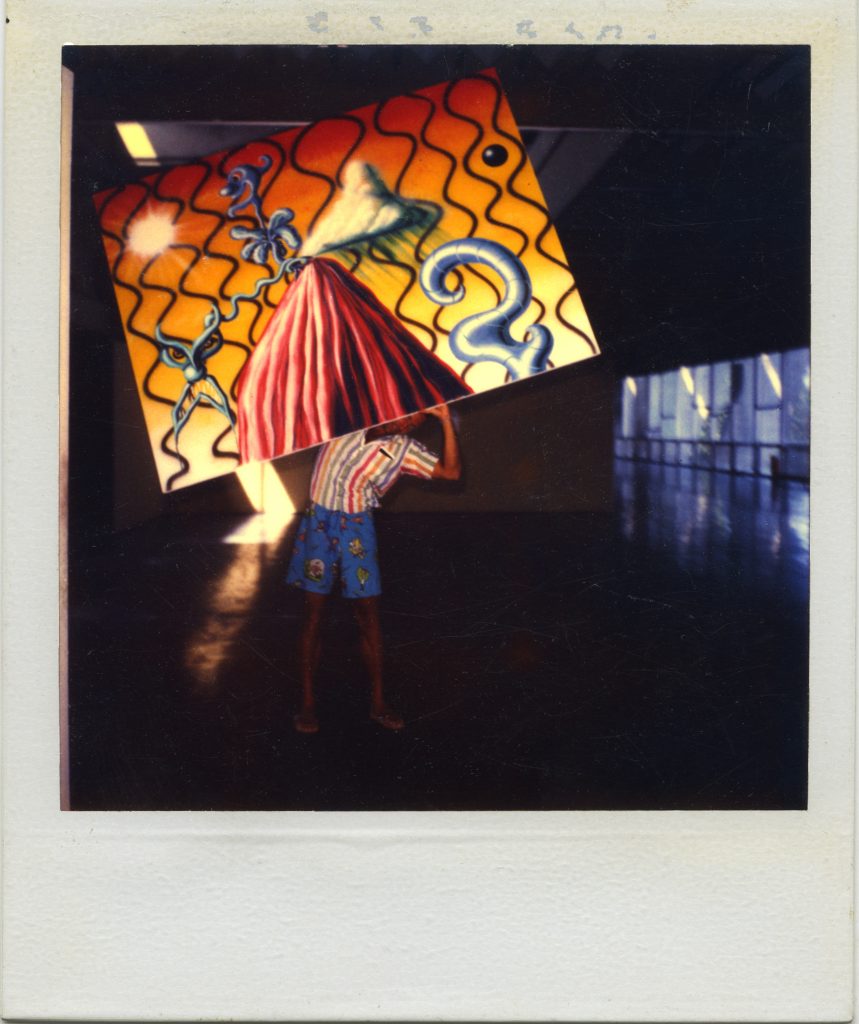El Cavo: For Arts’ Sake
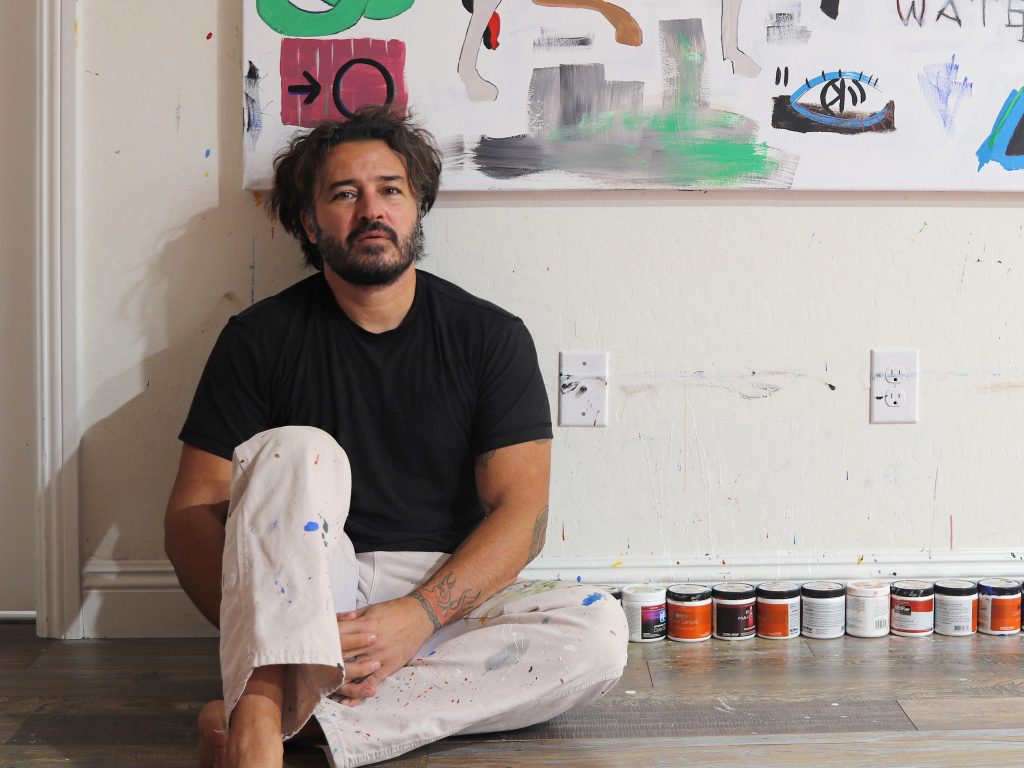
‘Are you an artist or a machine?’
Prolific artist, El Cavo, ends the interview with the above. A question that, among other things, grabs us by the shoulders and shakes us awake to the ever-present purpose of art.
El Cavo has the creative range of a jack-of-all-trades – his first steps into the art world were through graffiti and street art in the streets of Pittsburgh, where he grew up. Since then, he has evolved into a fully-fledged artist: painter, musician, writer and filmmaker, moving from city to city – living, working and creating.
Art in the spirit of beauty and creativity; of innovation and expression can be lost in the face of commodification and its proverbial accoutrements. Themes such as greed, consumerism, fame culture and the rise of technology are precisely the deprecative rhetorics that can be found in El Cavo’s compositions. The immensity doesn’t stop at large scale for El Cavo, where all the elements in play pack a hell of a punch. His collection of works dubbed ‘Signs of the Times’ is dense with patterns and motifs and busy with glowy, neon colours. More than the profundity of the themes explored, the energy that imbues his painting is a declaration of a way of life for the artist – a life that is vigorous, vibrant and zestful.
He talks about his wonder and infatuation with stained glass windows that embellished the churches that he visited growing up. The glowing hues, the ardent colours, the bold outlines and the depicted symbols of faith are reflected in his latest collection of works, ‘Purgatorio’. The palette is more subdued than the one used in ‘Signs of the Times’, all the while maintaining the very same boldness and richness of the colours, imagery and themes, which so strikingly characterise his work.
In this interview, El Cavo comments on the links between his spirituality and art, between music and art and the nature of the art industry. We also talk about his future projects – that include but are not limited to: a new collection of painted works, a film, an upcoming music tour with his band, and a relocation. When it comes to El Cavo’s philosophy of art, he reminds us that art in its simplest form is a vessel of self-expression adorned with individual style and technique. Furthermore, the biggest theme of all in his interview is that of the recalibration of artistry and purpose; creativity and production – expressing for expressions’ sake, and art for arts’ sake.
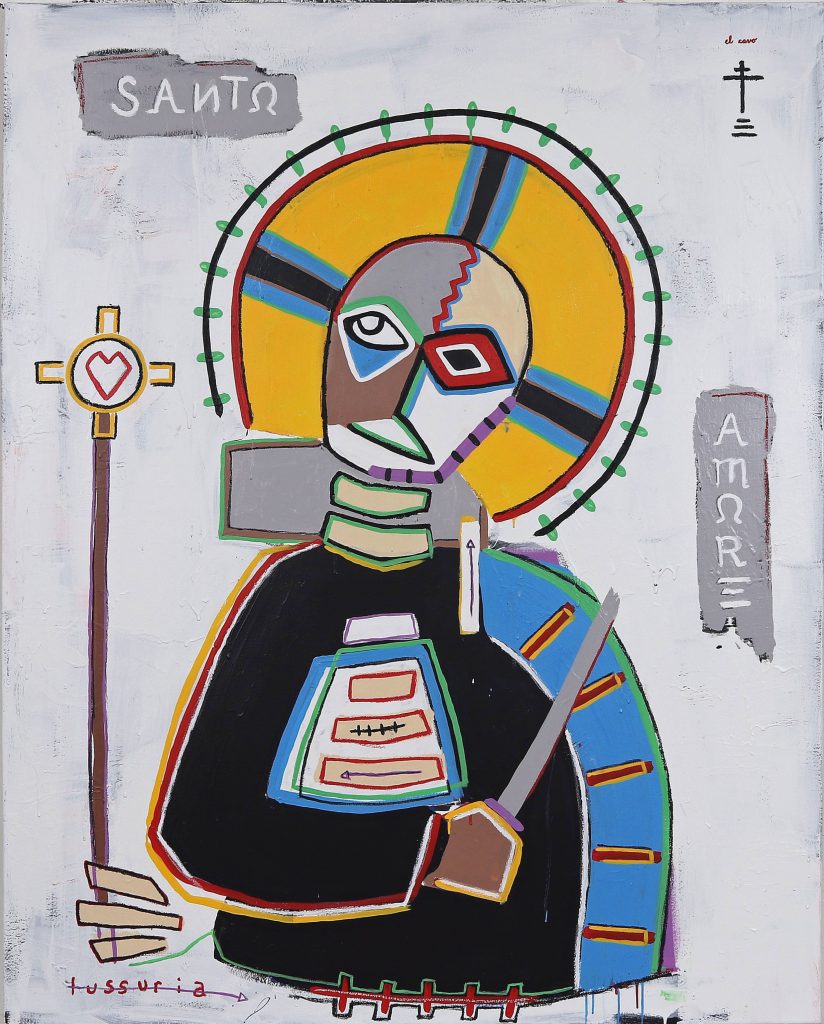
So, tell me a little bit about you, where are you from?
I grew up in a small town near Pittsburgh, but I left at a young age intent on travel and adventure, and I’ve been pretty nomadic ever since. I’ve been in Las Vegas for five years, it’s the longest I’ve lived in any one place, but that’s coming to an end as I’ll be moving in the next few months.
Your project ‘Sign of the Times’ holds up a mirror to the ongoing social issues surrounding the rise of technology, American media, consumerism, fame culture, etc., and your painting style is very visual and colorful. How are you able to seamlessly bridge the gap between the vibrancy and the subject material?
Yeah, Signs of the Times was a reflection on the modern world around us. A culture that’s slave to technology, overwhelmed by media and obsessed with fame. We’re probably living in the most shallow and narcissistic period of time in human history. Everyone’s caught up in it, myself included.
I don’t know if I did bridge the gap, but the bold colors and packed canvases I used in that series was definitely intentional. Just like the things that seem to overwhelm us as a society, I wanted to create a sense of chaos. Canvases so filled with color and idea, that it’s almost too much to absorb. I used house paints because I wanted the medium to be a common thing, something that everyone’s had a part in at one time or another. Who hasn’t used house paint at some point in their life? I like that connection.
Honestly, these details are overlooked for the most part. Your average art buyer just wants something pretty to match the rug. But the details are important to me. I think there’s a big difference between art and decoration. Art has to be more than just a pretty thing. That’s not to say it has to address heavy issues or grand ideas, but it should have some level of depth. Art impacts people’s lives whether they know it or not, it goes beyond a purchase you hang on the wall.
Tell me about ‘Purgatorio’, how did the series come about?
Purgatorio is heavily influenced by my childhood, and my life. I was raised Roman Catholic and would always stare at the massive stained-glass windows during mass. I dare anyone to walk into the Vatican, or any Basilica in Rome for that matter, and not get lost in it. Every church felt like that when I was a kid. The way the light shines through and creates these glowing colors, shooting beams and sun rays through the open space. I actually try to replicate that when I paint with oils, mixing the colors to lighten the tones and give them a glowing hue.
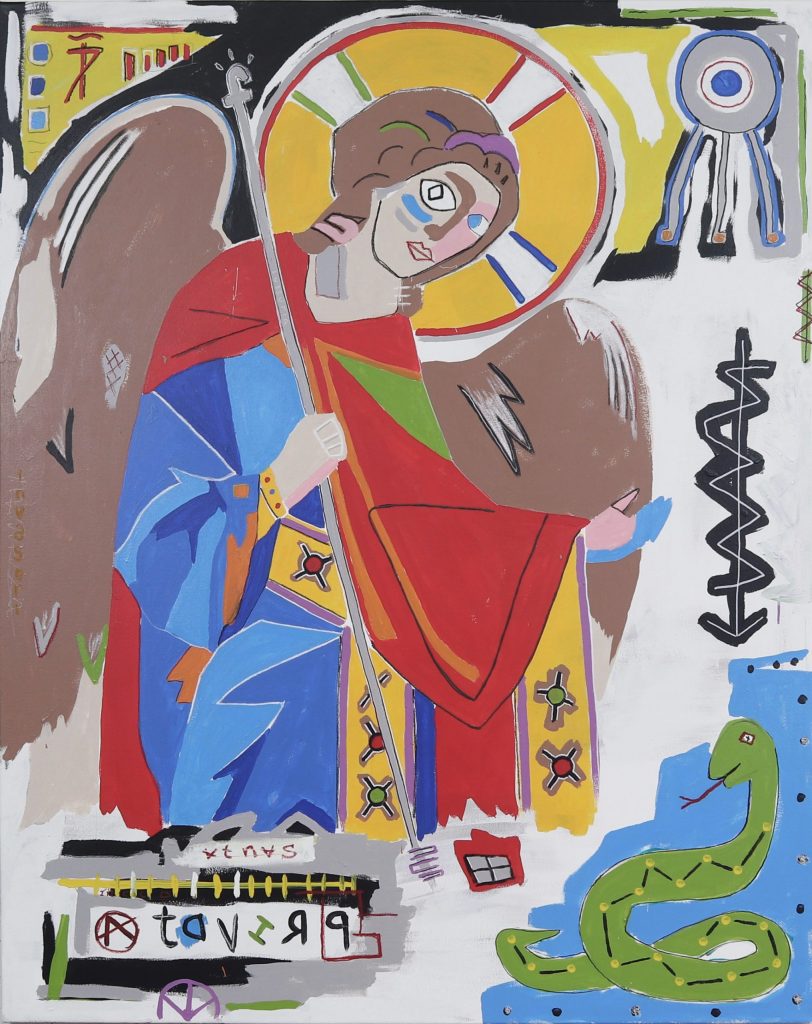
What ideas and symbols are you displaying? What was the ideological progression from Sign of the Times to Purgatorio, do they inform each other?
Recently, I’ve been delving into big existential things like sin, temptation, love and lust, greed and envy. Although these are social concerns to some extent, I think the Purgatorio paintings address the individual more than the collective. They’re more intimate and personal. And it’s a much more personal thing to me as well. I battle a lot of these demons in my life and they’re rooted deep in my soul. Because it stems directly from my own experiences makes it even more personal to me.
What’s the relationship between your spirituality and your art? Is there a give and take?
My paintings and music are the most spiritual things in my life. Painting more than anything fills me with a kind of spiritual energy that otherwise wouldn’t exist.
There is an assertive and bold nature in your use of colour – it is obviously a cornerstone of your work and the 80s art that you’ve been exposed to. For me, colour is quite tied to emotion and sensibility. What is your philosophy of colour? Do you consider yourself a colourist?
I never thought of myself as a colorist, but I hear more comments about color than anything else.
I’ve been painting in a sparser style lately, but in general I’m not into muted tones or minimalism, not in my life or in my paintings. I guess it’s just an extension of who I am. I don’t want a bland life, and in the same way, I don’t want a dreary, lackluster painting. Color on its own expresses feeling and evokes emotion, and I try to harness that.

What is your artistic process? How long do you spend on a painting? Are you a planner or do you work off spontaneous creative bursts?
I wish I were faster and more spontaneous, but I do a lot of looking and thinking. My paintings can be brash and sloppy and you would think I paint in a burst, but that’s not the case at all. I’ve never been into fine lines or realism, but I’m very into color and composition, and that can take just as much time.
I’ve always liked Picasso’s quote about spending his adult life learning to paint like a child. I’m trying for the same. Not to overthink things and just let my thoughts flow. The most beautiful thing about any painting is that it comes entirely from someone’s mind. To really have a vision with an idea behind it, then let it explode. It’s like revealing your inner thoughts but they’re cloaked somehow by the layers of paint.
Your work is inspired by the vibrancy of the 80s, where iconic artists like Koons, Basquiat and Haring were prominent. Some of whom were inaugurated into the art world with street art and graffiti, such as yourself. How did that come about for you?
I’ve never been inspired by Jeff Koons, although he’s a marketing genius. When I was a kid, I never thought about painting, it just wasn’t a thing where I grew up. Graffiti was really my first intro to the art world. Just seeing some big colorful thing on the side of a dull, run-down building. I wanted in on that.
You’ve mentioned Andy Warhol before, and that you relate to him as a prolific artist. Tell me more about that.
I relate to Andy Warhol because he was a blue-collar kid from Pittsburgh who often felt like a misfit, and he went his own way in search of something more. I relate to that in my own life. I have mixed feelings about his work, and at times I despise it. I relate to that in my own work as well.
You work on quite large-scale compositions and visually your work is powerful and striking. The color, the scale, the clear harsh outlines, these are reflective of the profundity of the issues and themes you focus on. How have people received your work?
Thank you, I hope it is. The outlines are another thing from my past. I used to carry a notebook when I was real young, before I was even drawing, and I would write words in big, bubble letters, outlining them repeatedly. The outline was everything, and it was always the last thing. It made the words pop. I think it’s just how I developed, starting at such a young age it became an automatic response. I have to keep myself in check or I’ll outline everything.
As for the reception, it’s been good, but that’s not where it’s at for me. In the last couple years, I’ve had more insight into the art world and… let’s just say it’s not my favorite place. So I don’t worry anymore about reception or selling, I just paint. Actually, I think the big sellers are at a disadvantage creatively. You can become so enamored with your own fame or financial success that you lose your way as an artist. If you can keep producing the same thing and know it’ll continue to sell, it’s hard to break from that. It’s kind of tragic when an artist falls victim to this mentality. At that point they’re no longer artists, they’re just machines. The art world’s great at creating machines.
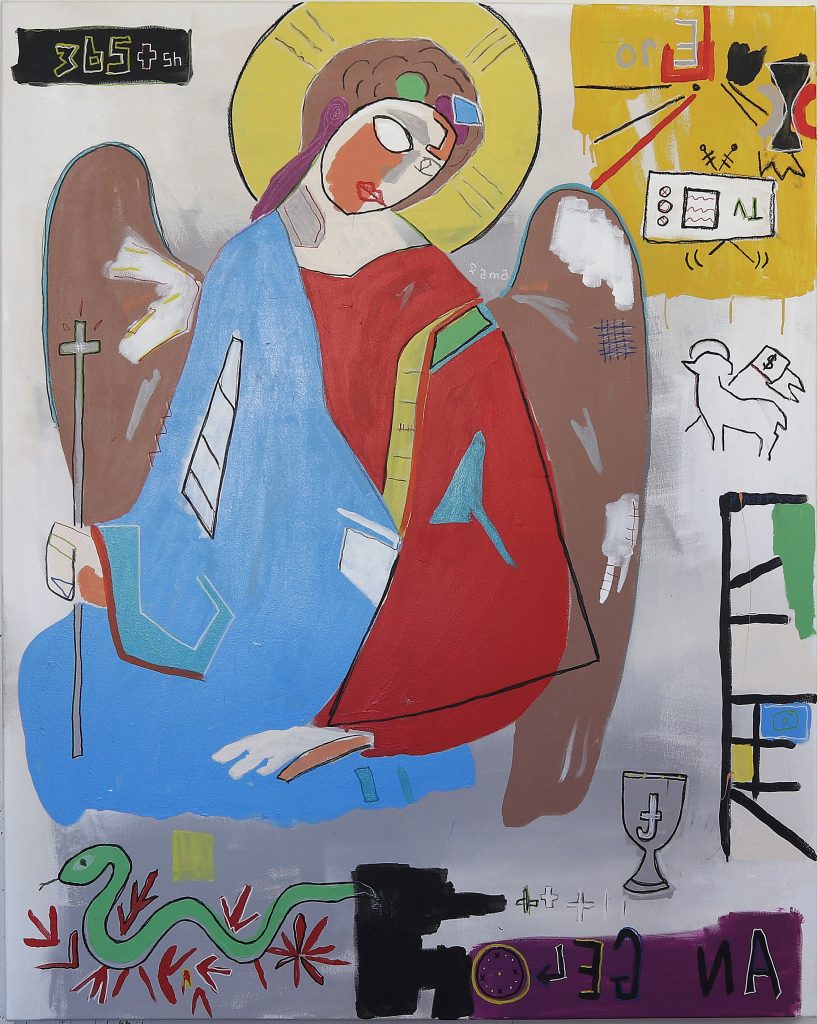
You write and perform music as well. How are the two art forms connected for you? Is there one outlet that does something better than the other? What other art forms have you ventured?
Music and painting go hand in hand. Thousands of years ago, people were painting on cave walls and singing in the fields. Art wasn’t a necessity for survival in the same way that hunting and gathering was, but they were still doing it. I think there’s a lot to be said for that and how crucial those things must be to our existence.
As for other art forms, I’ve written short stories, poetry, and have a half-finished novel that’s been on hold for a while. I’m running low on free-time lately and have to prioritize what’s most important. I’ll be making my first film next year, so that will get most of my attention in the coming months.
Are you a full-time artist?
No, but I will be soon, or at least I’ll be homeless and unemployed. I have some unique work experience that’s kept me landing good jobs and living well, but I’ve also learned how much of a hindrance that can be. It’s hard to let go of a comfortable lifestyle. Comfort and security can hold you back and keep you from taking risks, so I’m off this winter to pursue a few art projects full-time.
What can we expect from you in the near future?
I’m excited for next year. My band’s releasing an album and we’ll be doing a short tour, and I’m shooting my film which has been several years in the making. As for painting, I want to focus on my new series and try to develop those themes. Hopefully things will return to some kind of normalcy soon and there’ll be more opportunities for artists to show their work.
What’s the best piece of advice you’ve received as an artist?
I haven’t received much advice as an artist, but I think criticism is always the best advice in life. There’s nothing worse than a constant barrage of compliments to feed your ego and pave the way to complacency. It’s not always easy to hear, but harsh words have pushed me harder and made me better at everything I’ve tried.
On that note, what advice would you give to someone struggling to make a business for and with their art?
I don’t think anyone needs advice. If you truly want something in life, you’ll find a way. But I think most people like the idea of being something rather than the reality of it. I spend a lot of time in LA where everyone is trying to be an actor, but no one really wants to act, they just want to be famous. There are small playhouses throughout the country desperate for good actors, but there’s never a short audition line in Hollywood. So I don’t know about the business side, but if you want to be a painter, then paint.
What goals do you have for your artistic career?
I have a lot of goals in life, but I’m not crazy about setting goals for painting. I’ve set goals in the past and it can lead to a mentality that goes against what art is to me. You know, are you an artist or a machine?
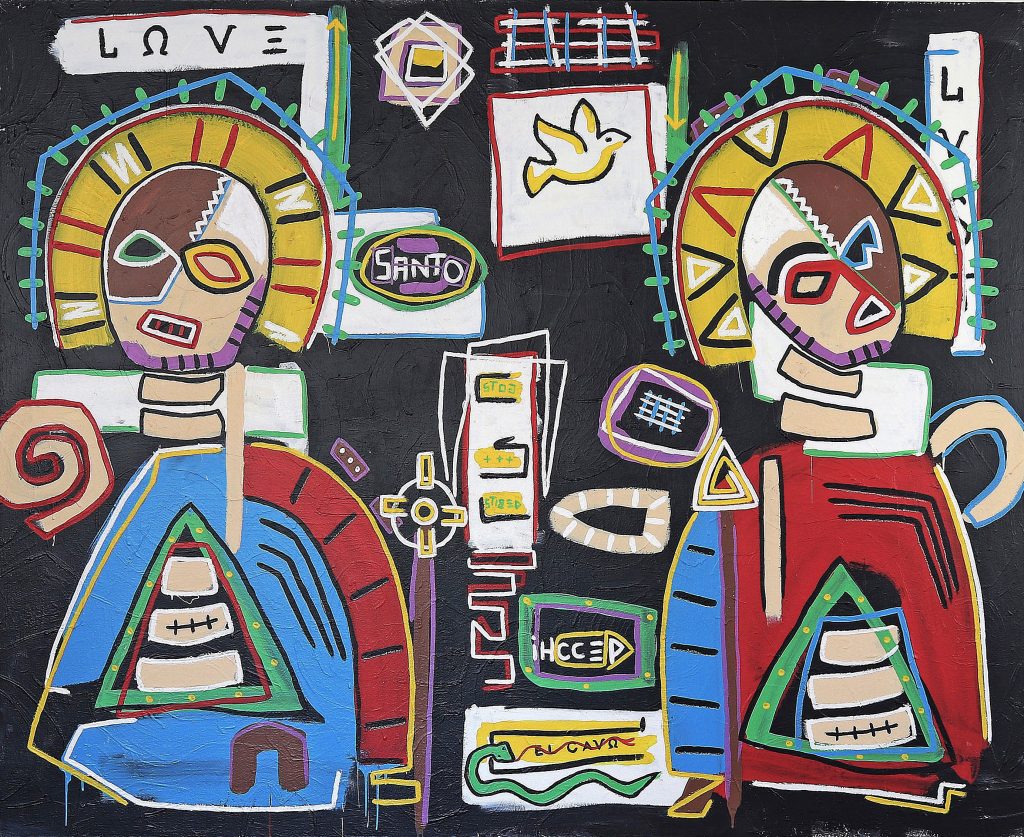
Keep up with El Cavo’s work here:
https://www.elcavo.com/
Instagram: @el.cavo

